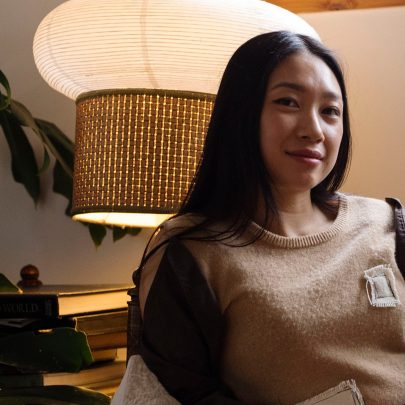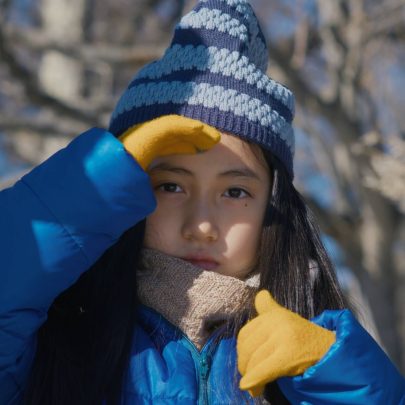May 22, 2015 Film & TV
Photo by Alistair Guthrie.
Betty was one of the leaders of the battle to stop state houses being ripped out of her Glen Innes neighbourhood; Fleur wanted to use those houses to build a new community in the Far North as part of a Maori trust initiative. Director Briar March’s documentary A Place to Call Home follows what happened as one failed utopian vision was dismantled in order to start another. It’s her second feature about disappearing homes — following There Once Was an Island, about how the people of the Papua New Guinea atoll of Takuu are coping with rising sea levels.
What drew you to make a film about Glen Innes?
I knew I had found a story that I wanted to make when I drove through Glen Innes with my producer three years ago. We saw this iconic boxy state house sitting on a truck. It looked a bit like a beached whale. The filmmaker in me couldn’t get away from such a loaded image.
What was your position on what was going on, and did this change during the making of the film?
I naturally gravitated to the families in Glen Innes who were losing their homes and I wanted audiences to know what it was like to be in their shoes. But the more you investigate, the more you appreciate just how complex these issues can be.
I wasn’t resistant to the idea of some changes to the way our state housing operated. But over the years I have been working on this documentary, I have felt increasingly convinced that the way the government is going about these reforms will, sadly, do more harm than good.
While I wasn’t prepared to asssume this was a classic story of displacement and gentrification, I think now, three years later, having looked at the bigger picture, I would call it just that.
You’ve made two documentaries now on the notion of home. Why does the theme resonate with you?
Having a home is not necessarily owning a house, it’s about a sense of belonging and a feeling of security. I find solace knowing that I have a strong connection to the land in Te Henga where my parents live.
I’ve lived overseas a bit, and when the landscapes around me are forever changing it makes a difference knowing I have that place as my rock. With the housing market being so different from what it was when my parents were young, I have to ask myself, “Will I ever own a home?”
I really think it’s so important that we all have access to secure tenure, and I think that doesn’t necessarily have to mean home ownership. It’s about whether or not we feel that sense of stability and belonging somewhere.
This issue is so fundamental to what it means to be a human being, I am really motivated to make films about it.
The protest scenes at night as the houses are being moved are extremely confronting. What were they like to film?
When you’re in an environment like that, you can’t help but be affected by it. You can’t just brush off the intense anger felt by the protesters in those moments when you get home. It felt quite depressing at times.
When did you cry during the making of this film? (I’m assuming you did because it’s so moving.)
There were many times when I really felt moved by what I saw in Glen Innes. Betty Kanuta, one of the main characters in the film, was diagnosed with breast cancer just after receiving her 90-day eviction notice.
Another Housing New Zealand tenant was caring for her husband who also has cancer while protesting every night on the street. Just seeing what everyday life was like for some of these families made me amazed at how tirelessly they worked for the cause.
But it was only at one point when Housing NZ refused me access to film someone leaving their home that I really lost it. It was a scene I was focused on getting. Several other doors had been shut in my face that day, not to mention being pregnant (which turns everything up one notch on the emotional scale). This was the last straw and, yes, a few tears were shed.
One of the women I was filming wrapped her arms around me, whispering in my ear, “Kia kaha.” That’s the kind of community it is.
What impact has studying at Stanford University in California had on your approach to filmmaking?
During my master’s degree, we watched a lot of films. All those films are now in my subconscious, and when I am feeling lost I can go back to those great works and find new inspiration and new directions.
What’s the secret to good documentary filmmaking?
Documentary filmmaking is all about the relationship between the filmmaker, her subject and the audience. The most interesting documentaries are the ones in which this relationship comes into question and is really acknowledged and explored.
Documentary Edge, Q Theatre, May 20-June 1. documentaryedge.org.nz
Read more:





